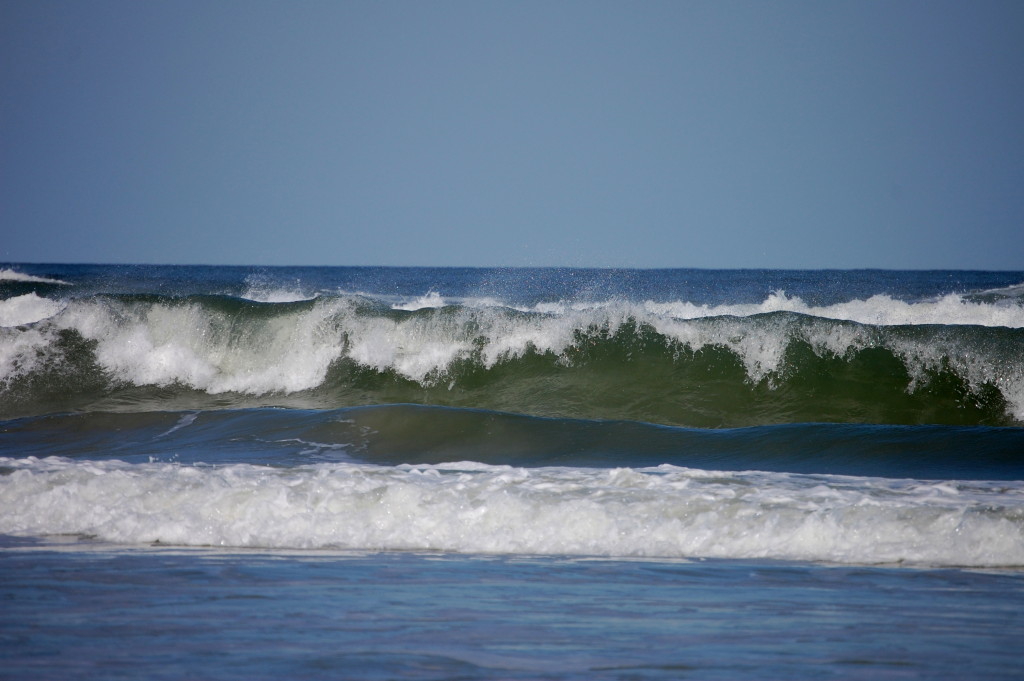
Wave power is produced by the use of electricity generators placed on the surface of the ocean. Energy output is determined by wave height, wave speed, wavelength, and water density. This technology is a fledgling state: there are only a handful of experimental wave generator plants in operation around the world.
A new analysis at Oregon State University concluded that large-scale wave energy systems are a comparatively steady, dependable energy source that could be integrated into the grid at lower costs than many other forms of renewable energy, including wind power.
One advantage of wave power is that it has fewer issues with variability than wind and solar power; by balancing wave energy production over a large geographic area, variability can be dramatically reduced. The short-term generation of wave power can be predicted with a high degree of accuracy over timescales ranging from minutes to hours, and with some accuracy even on a seasonal or annual basis.
One problem with wave power is that there is not a standard technology for exploiting it. There are currently a variety of approaches for extracting power from the waves, and it isn’t clear which will be the best. Since wave power is still in the infancy of its development, it is not yet cost competitive on an overall basis.
The Pacific Northwest has significant wave power resources. The Oregon State study looked at the potential for 500 megawatts of generating capacity in its region, which would be comparable to approximately five large wind farms. Wave power has a place in a diverse energy portfolio.
**********
.
Web Links
Wave energy integration costs should compare favorably to other energy sources
Photo, posted October 27, 2008, courtesy of Richard Freeman via Flickr.
.
Earth Wise is a production of WAMC Northeast Public Radio.

Look at the wave generators in Australia, they are under the waves out of sight and they run a desalination plant with the pressure. Way ahead of USA. You can see it on YouTube.